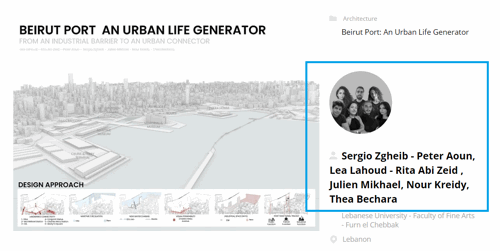Kashitu School Campus

Project idea
This project begins with the belief that architecture is not only about shelter, but about meaning, emotion, and belonging. In Kashitu, Zambia, where over a thousand students each year complete primary education with nowhere to continue their learning, the lack of a secondary school is not just a logistical issue, it’s a deeper reflection of unfulfilled potential. Through this design, we wanted to imagine a place that does more than just educate, a space that listens, welcomes, and gives back to its people.
The idea is rooted in respect: respect for the land, for tradition, and for the dreams of the children who will walk these halls. By combining traditional African construction techniques with thoughtful contemporary strategies, the campus becomes a bridge, between past and future, between local identity and global values. Our goal is to build not just a school, but a catalyst for social change, a place of dignity, and a home for knowledge.
Project description
The project goes far beyond the construction of classrooms. What we aim to create in Kashitu is a living, breathing campus, one that grows with its community. It is envisioned as a space where education does not end at the walls of the school, but flows outward into the daily life of the people. While the program includes essential elements like dormitories, administration, workshops, and canteens, its real scope lies in the possibilities it opens. This campus invites children from remote villages to stay, to learn, and to dream. It allows community members to gather, to share, to grow together. It is designed to blend into the landscape and to respond to the rhythm of the seasons, the winds, and the sun. The architecture supports agriculture, environmental education, and traditional craftsmanship, making the school not only a place to learn facts, but a space to build futures.
Technical information
Technically, the project is a dialogue between materials, climate, and culture. We chose ICEB blocks, not just for their thermal and structural properties, but because they speak the language of the earth. They are made from the same soil that the children play on, stabilized with just enough cement to endure the passing of time. These walls breathe. They cool. They protect.
The roofs rise like wings above the structures, separated from the walls to allow air to circulate naturally. They stretch out generously to provide shade and shelter from the tropical rains. The classrooms open to the air, allowing light to touch every corner. The layout follows the wind, the sun, and the patterns of community life. Everything has been considered, not to control nature, but to flow with it.
The technology here is not about complexity; it is about wisdom, the kind of wisdom that comes from listening to the place, people and time. In this sense, the school becomes not just a technical accomplishment, but a human one.



